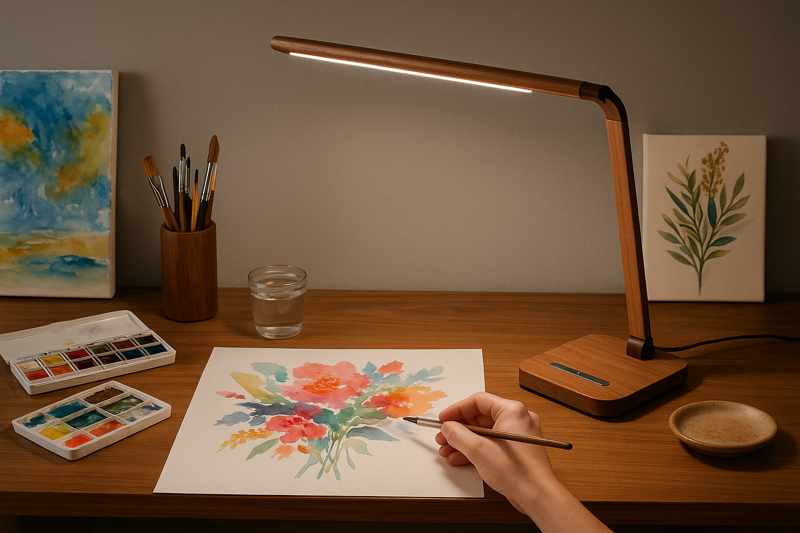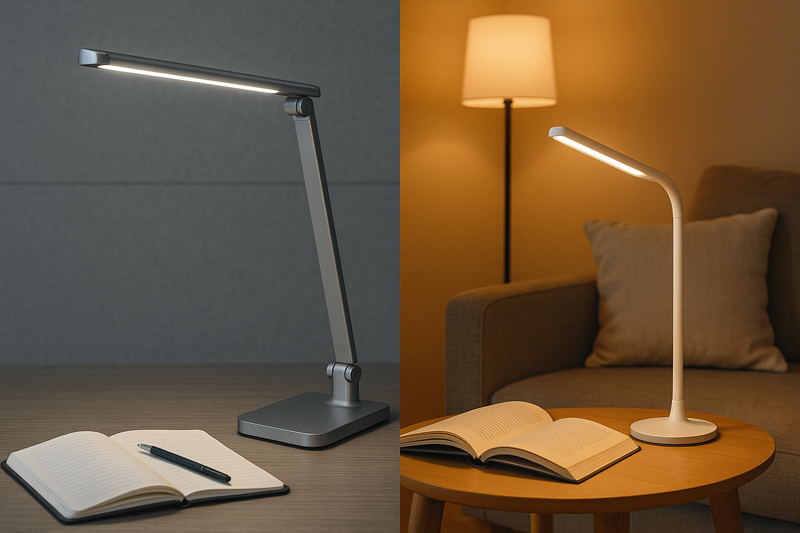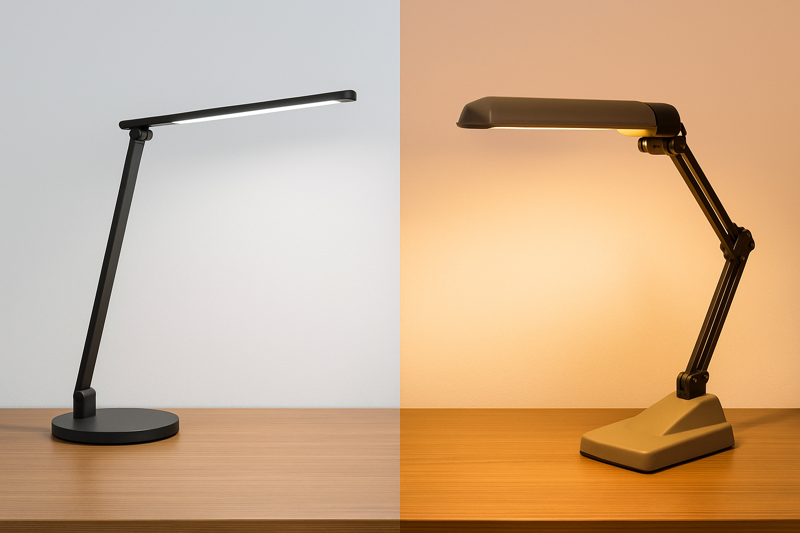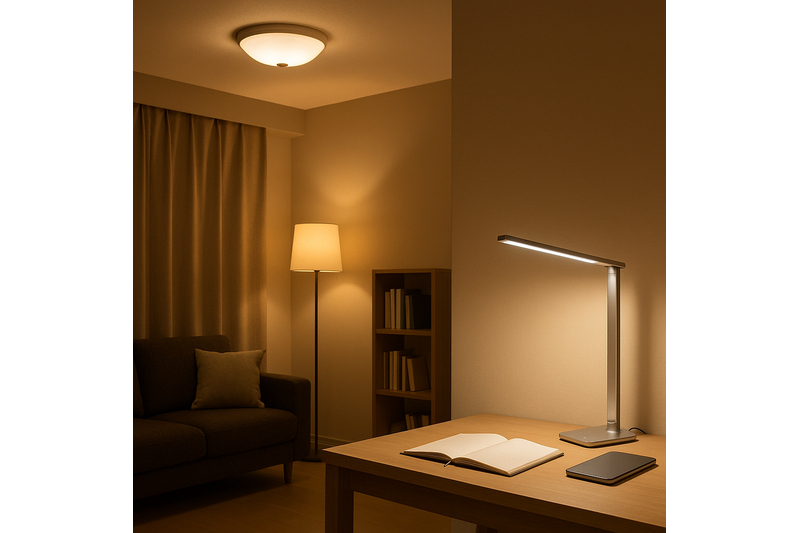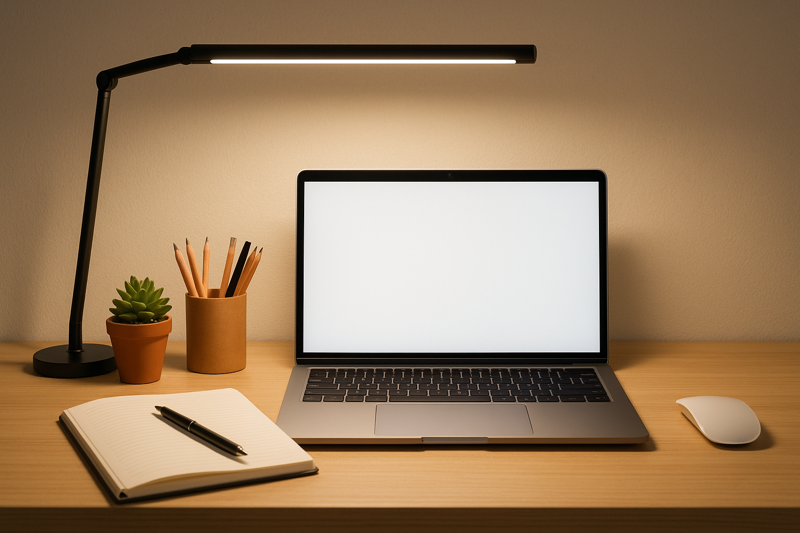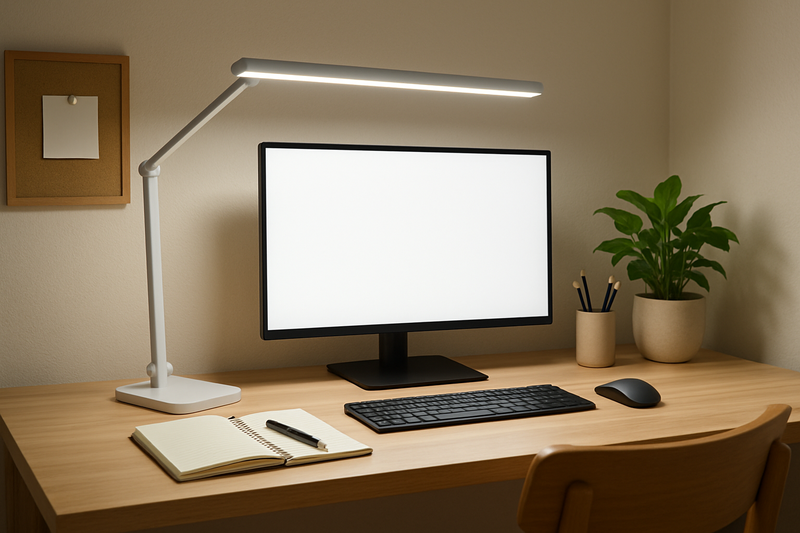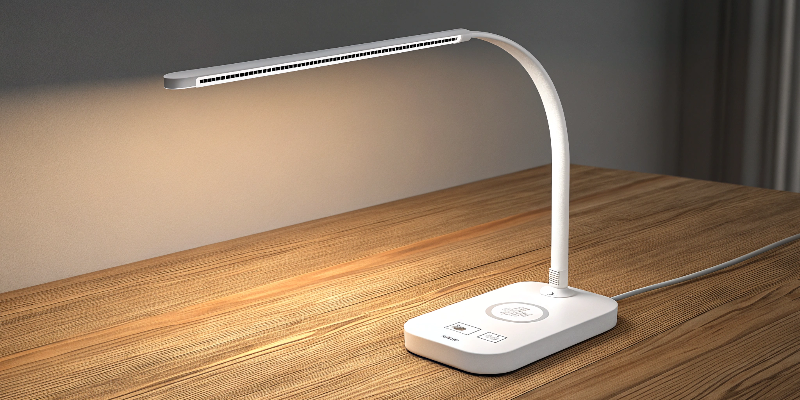
Choosing the right lighting for your office is crucial for productivity and well-being. Let’s explore what makes the ideal office lighting and how it can impact your work environment.
The ideal office lighting combines brightness, comfort, and energy efficiency, supporting both focus and relaxation.
Here’s a guide to help you choose the best lighting setup for your office.
What is the standard lighting for offices?
Are you looking for standard office lighting? Let’s dive into the basics.
The standard lighting for offices typically combines ambient, task, and accent lighting for balanced illumination.
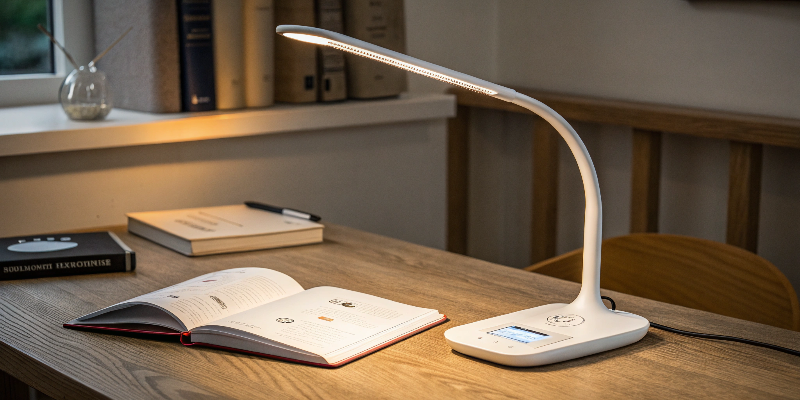
Types of Standard Office Lighting
- Ambient Lighting: Provides overall, even lighting throughout the room. Usually achieved through ceiling-mounted lights or overhead fixtures.
- Task Lighting: Focused lighting for specific areas, such as a desk lamp to illuminate reading materials or workspaces.
- Accent Lighting: Decorative lighting used to highlight certain areas or provide a softer glow for relaxation.
In a typical office setup, combining these three types of lighting ensures a well-lit environment, reducing glare and shadows while providing ample light for various tasks.
How bright should an office light be?
Are you unsure how bright the lights should be in your office? Here’s the answer.
Office lighting should be bright enough to promote productivity without causing strain or discomfort.
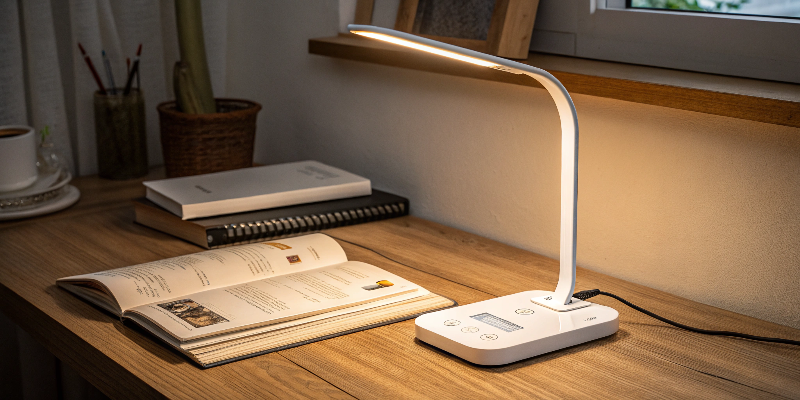
Recommended Brightness for Different Office Areas
| Area | Recommended Brightness (Lumens) |
|---|---|
| General Office Space | 300-500 lumens |
| Reading or Writing Areas | 500-700 lumens |
| Computer Workstations | 300-500 lumens |
For a comfortable and productive work environment, ensure the lighting is bright enough for reading and detailed tasks but not so bright that it causes glare or discomfort.
Which light is good for eyes in office?
Do you experience eye strain while working? Choosing the right light can help.
Lighting that reduces glare, provides consistent brightness, and simulates natural daylight is best for eye comfort in an office.
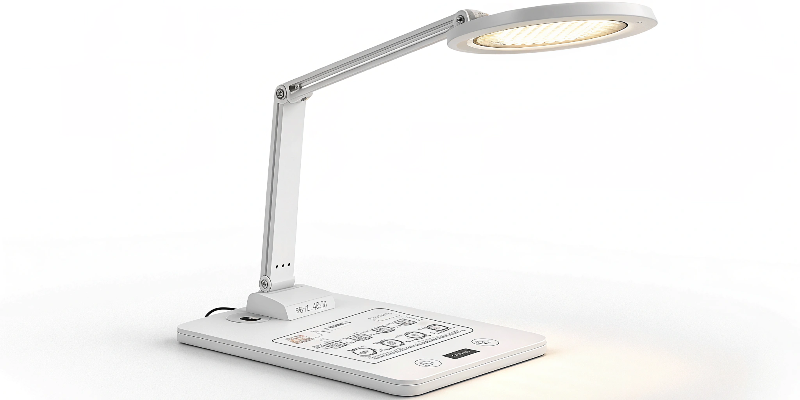
Features of Eye-Friendly Office Lighting
- Flicker-Free Lighting: Flickering lights can strain the eyes over time. Look for lights labeled as flicker-free.
- Blue Light Filtering: Blue light can be harmful to your eyes, especially during long periods of screen use. Choose lamps with a blue light filter to protect your eyes.
- Adjustable Brightness: Being able to control the brightness of your office lights can reduce eye strain by tailoring the light to your specific needs.
Choosing lights that focus on eye care will help you work longer without discomfort or fatigue.
What lighting is best for computer work?
Do you spend a lot of time in front of a computer screen? The right lighting is essential for comfort.
For computer work, you need lighting that reduces glare, minimizes shadows, and supports long hours of screen time.

Best Lighting for Computer Work
- Color Temperature: Lighting in the range of 4000K to 5000K mimics daylight and promotes focus without overwhelming your eyes.
- Brightness: Ensure your workspace is lit with 300-500 lumens of soft, even light to reduce glare on the screen.
- Task Lighting: Use desk lamps with adjustable brightness and a built-in filter to reduce glare and eye strain.
This type of lighting ensures you can work comfortably at your computer for extended periods without harming your eyes.
What should the lighting be in an office?
Wondering how to light your entire office? Here’s what you need to know.
Office lighting should be bright but soft, reducing shadows and providing a balanced, comfortable environment.
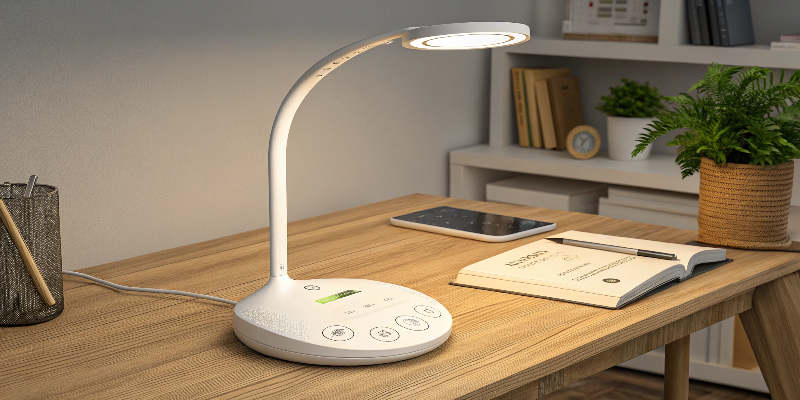
Key Considerations for Office Lighting
- Natural Light: Maximize the use of natural light by positioning your desk near windows or using sheer curtains to filter sunlight.
- Layered Lighting: Combine ambient, task, and accent lighting to create a balanced, flexible workspace.
- Adjustability: Ensure your lighting can be adjusted for different tasks, from reading and writing to computer work.
A layered lighting approach enhances both productivity and comfort in the office.
What is the best lighting for an office?
Do you want to create the perfect lighting setup for your office? Let’s wrap it up.
The best office lighting combines energy-efficient bulbs, flexible task lights, and natural light sources for a balanced, eye-friendly workspace.
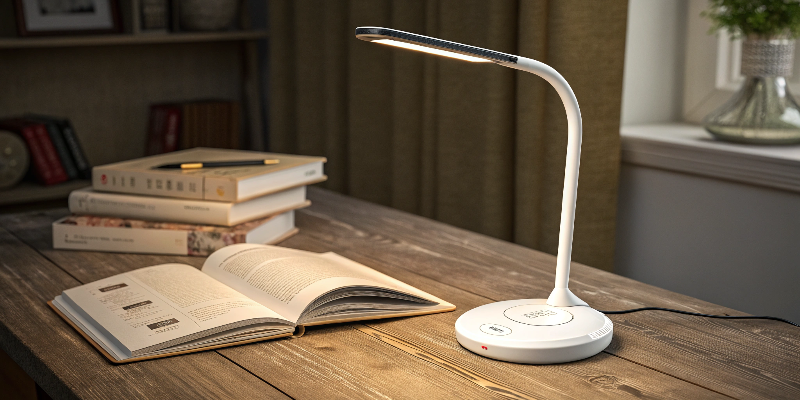
Best Lighting Practices for an Office
- Use LED Bulbs: LEDs are energy-efficient and provide bright, consistent light.
- Natural Light First: Try to position your desk near natural light sources to reduce the need for artificial lighting.
- Task-Specific Lighting: Use adjustable desk lamps for focused light when working on detailed tasks.
- Control Glare: Ensure overhead lights are properly positioned and that task lighting is directed away from screens to prevent glare.
With the right combination of light sources and brightness levels, your office can become a comfortable, productive, and eye-friendly environment.
Conclusion
The ideal office lighting balances brightness, comfort, and energy efficiency. By combining ambient, task, and accent lighting, and focusing on eye-care features, you can create a workspace that promotes productivity and reduces strain.


